Astrophotographers: Interviews & Case Studies
Here we present interviews and case studies from some of the best astrophotographers in the world.
Check out any of the articles below to get an overview of how your favorite astrophotographer goes about their art.
Deep Sky Astrophotography
Nightscape & Deep Sky Astrophotography
Nightscape Astrophotography
Deep Sky Astrophotography
Deep Sky & Planetary Astrophotography
Collaborative Deep Sky Astrophotography
Landscape Astrophotography in the Atacama Desert
Landscape Astrophotography
Landscape and Deep Sky Astrophotography
Landscape Astrophotography in the Himalayas
Landscape Astrophotography in Australia
Using Telescope Live for Deep Sky Imaging
Solar, Lunar, Deep Sky and Landscape Astrophotography
Deep Sky and Landscape Astrophotography
Amazing Travel Astrophotography
Landscape astrophotography and rare night-sky phenomena
Landscape, Lunar and Solar Astrophotography
Landscape Astrophotography in the Mountains
Star Trails and Landscape Astrophotography
Deep Sky Astrophotography
Landscape Astrophotography
Remote Deep Sky Astrophotography
Deep Sky Astrophotography
Aurora and Milky Way Photography
Landscape/Deep Sky/Planetary Astrophotography
Nightscapes and Deep Sky Astrophotography
Deep Sky Astrophotography using Public Data
Landscape Astrophotography
Deep Sky Astrophotography
Landscape Astrophotography
Landscape Astrophotography
Deep Sky Astrophotography
Deep Sky and Landscape Astrophotography
Landscape Astrophotography
Landscape Astrophotography
Landscape Astrophotography
Landscape Astrophotography
Landscape and Deep Sky Astrophotography
Landscape Astrophotography
Landscape Astrophotography
Landscape Astrophotography
Deep Sky Astrophotography
Landscape Astrophotography
Aurorae & Landscape Astrophotography
Remote Observatory Profile
Best Astrophotographers
Thank you to all the amazing photographers featured here for giving their time to share how they go about their art!
Let us know in the comments below if there is anyone you think we should add to this piece or contact us directly if you ‘d like to be featured.

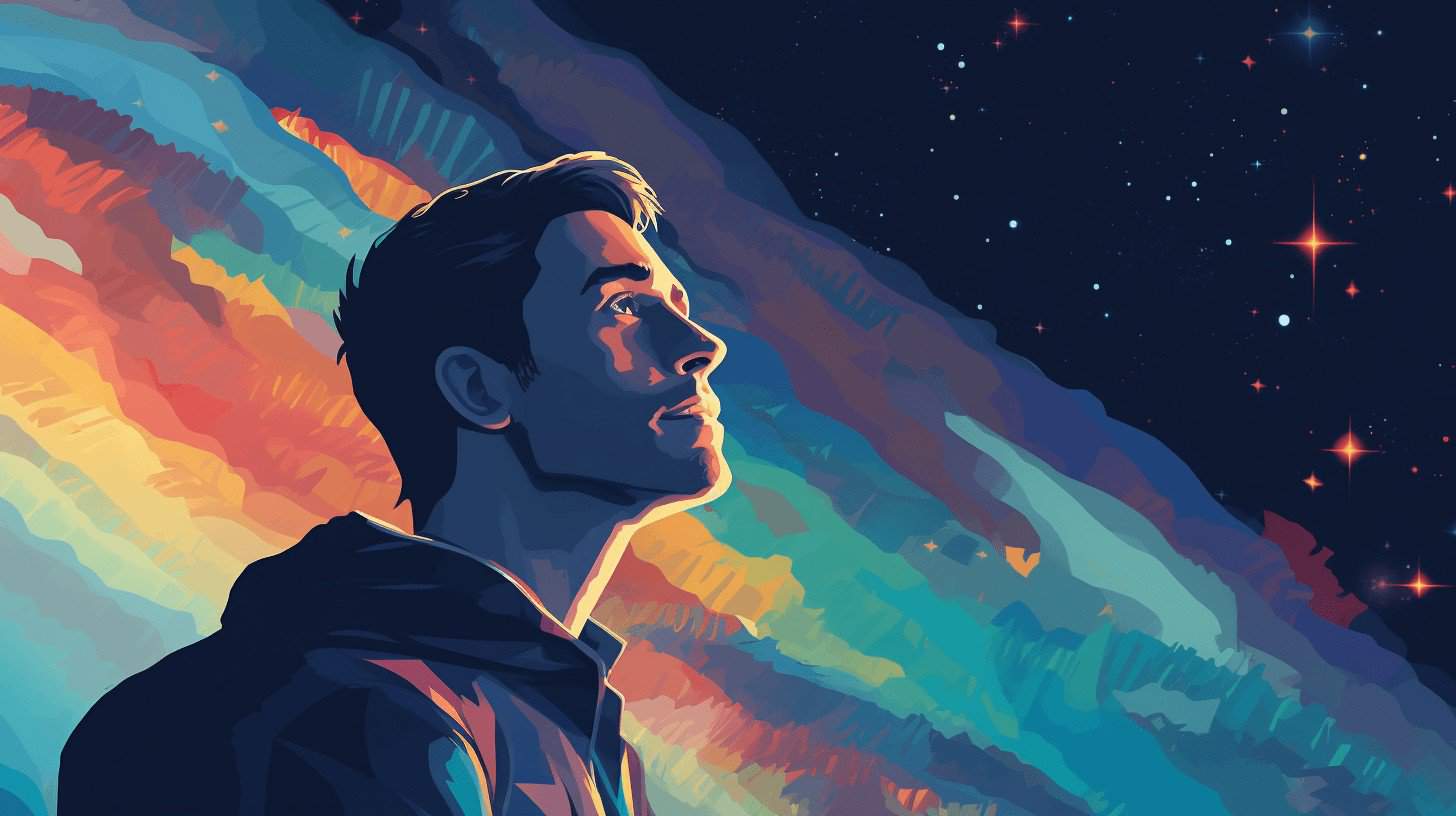
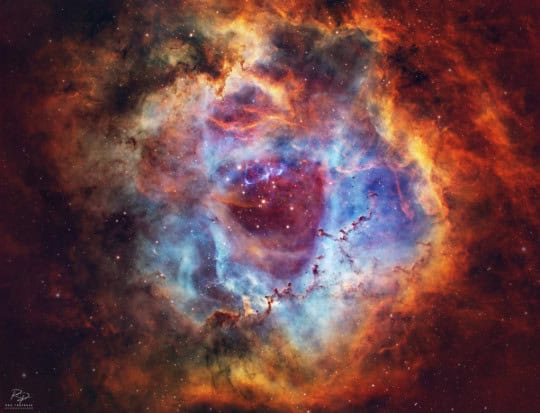
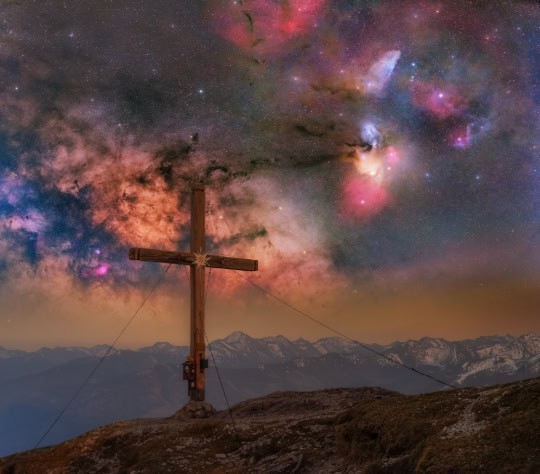
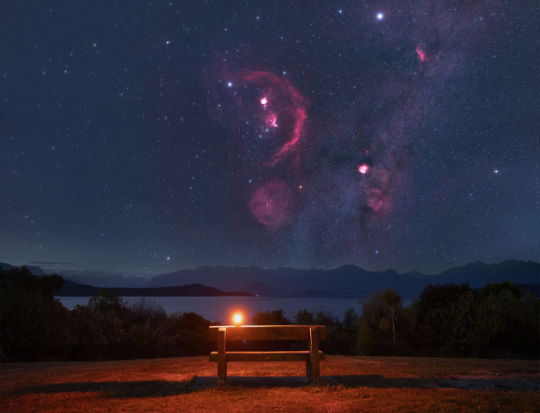
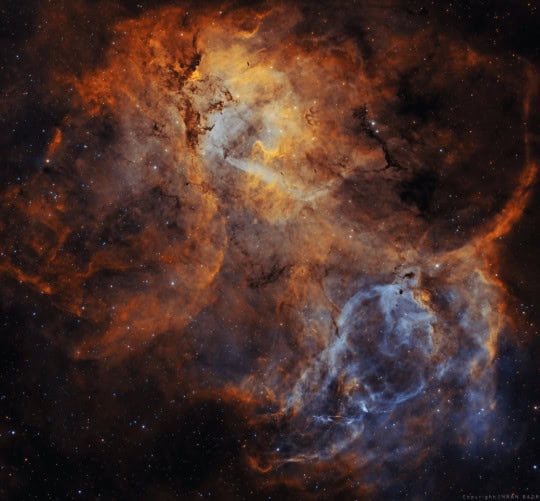
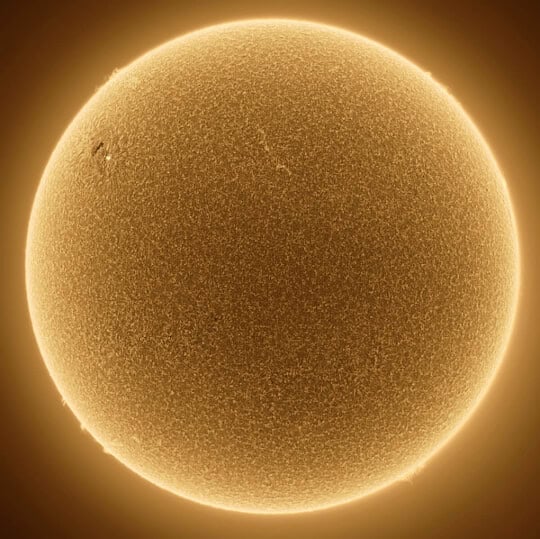
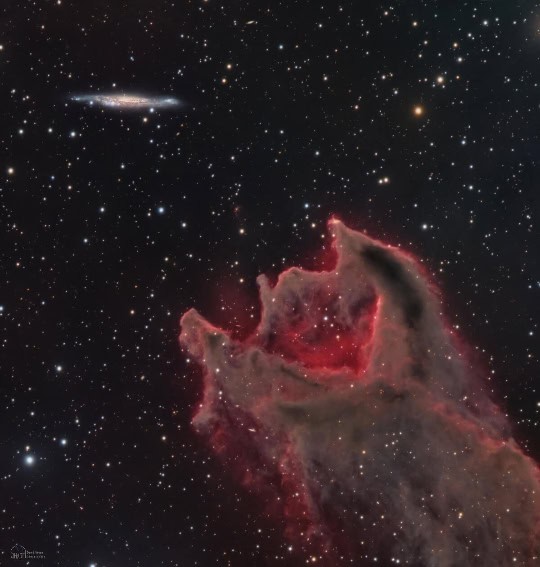
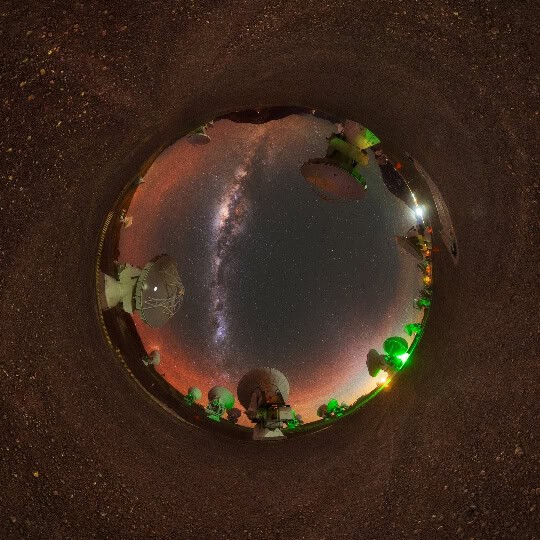
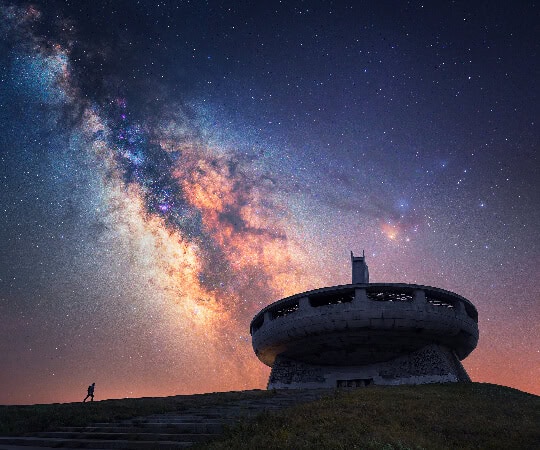
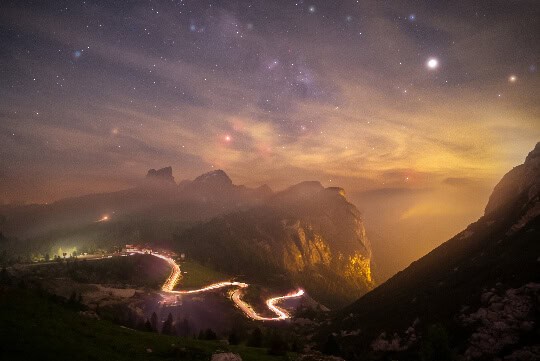
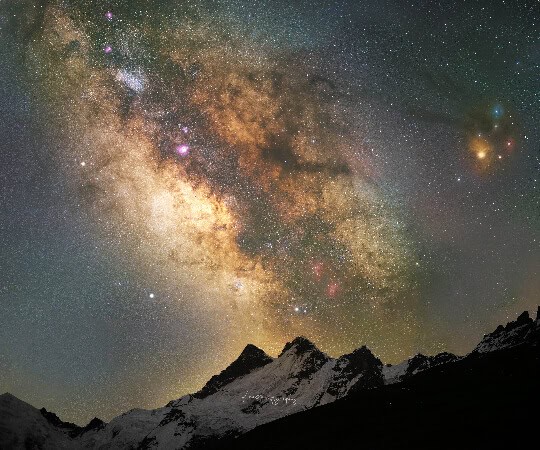
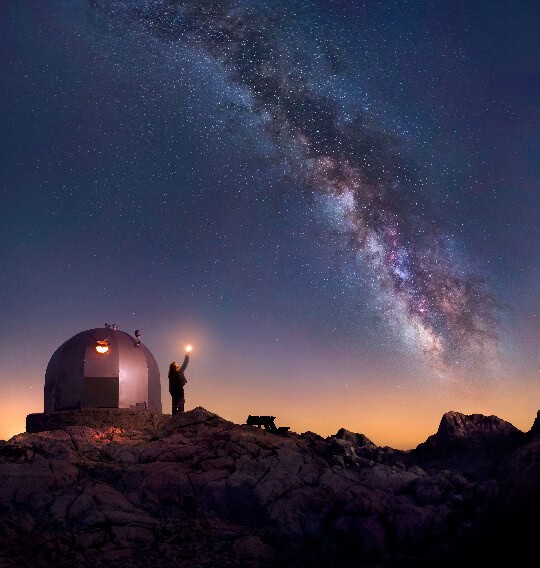
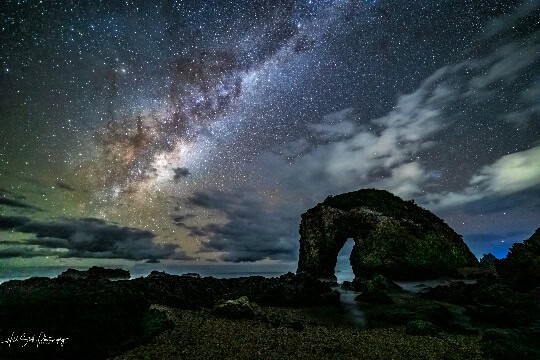
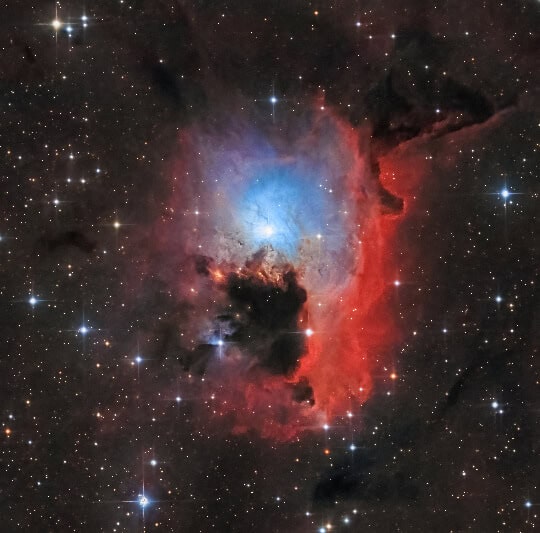
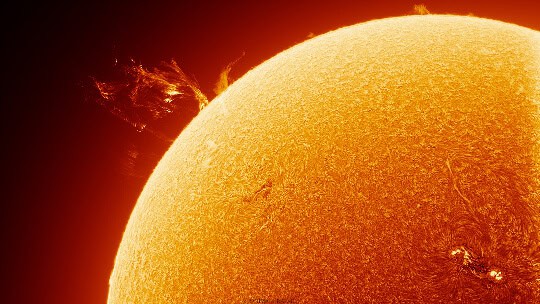
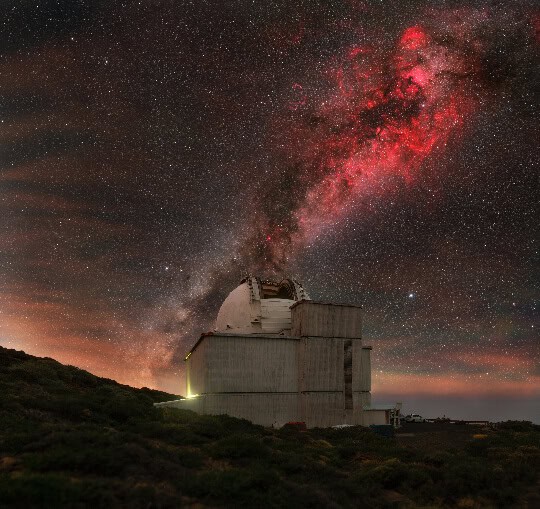
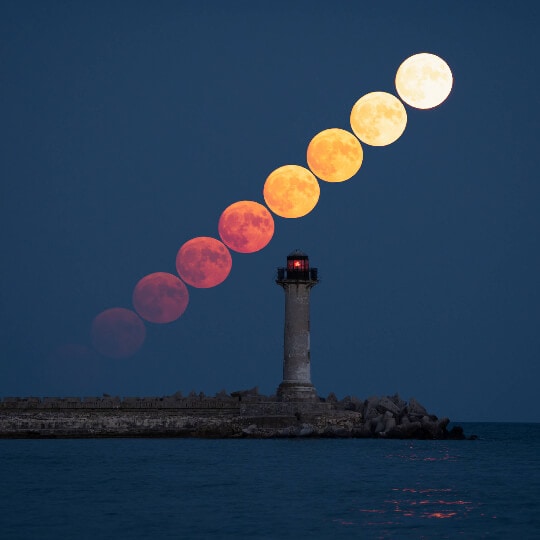
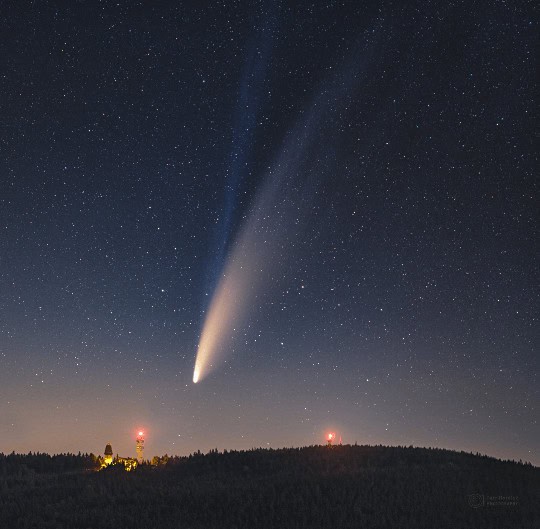
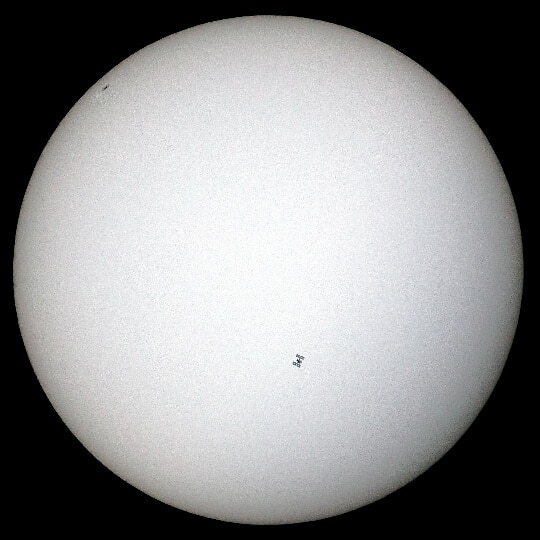
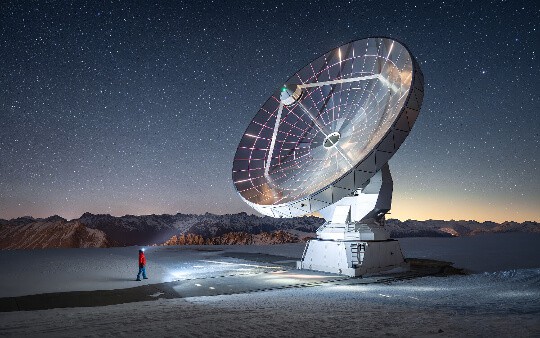
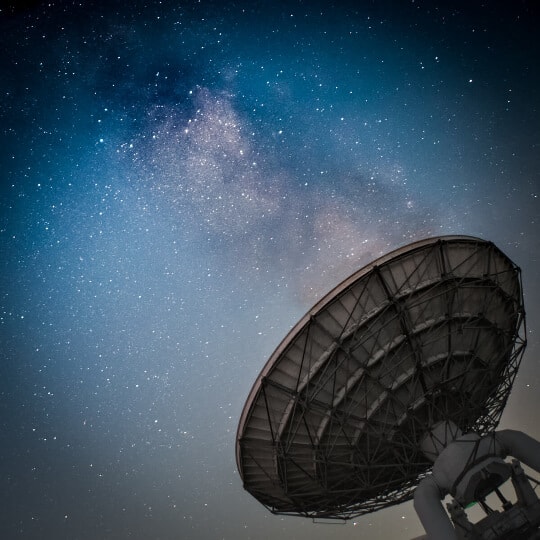
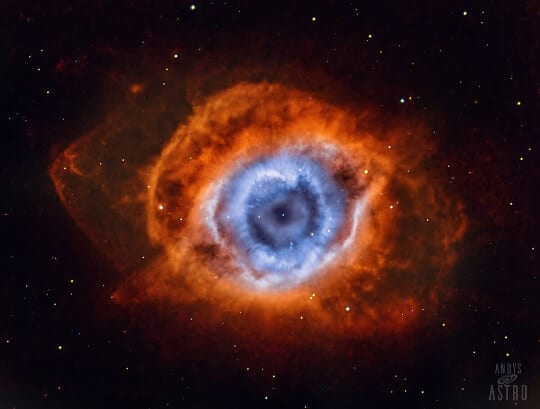
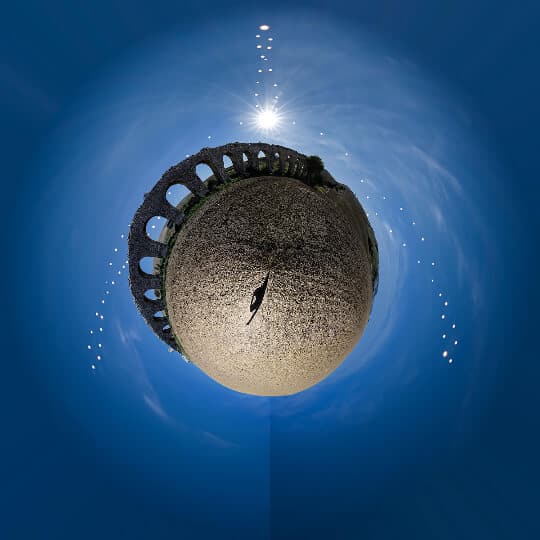
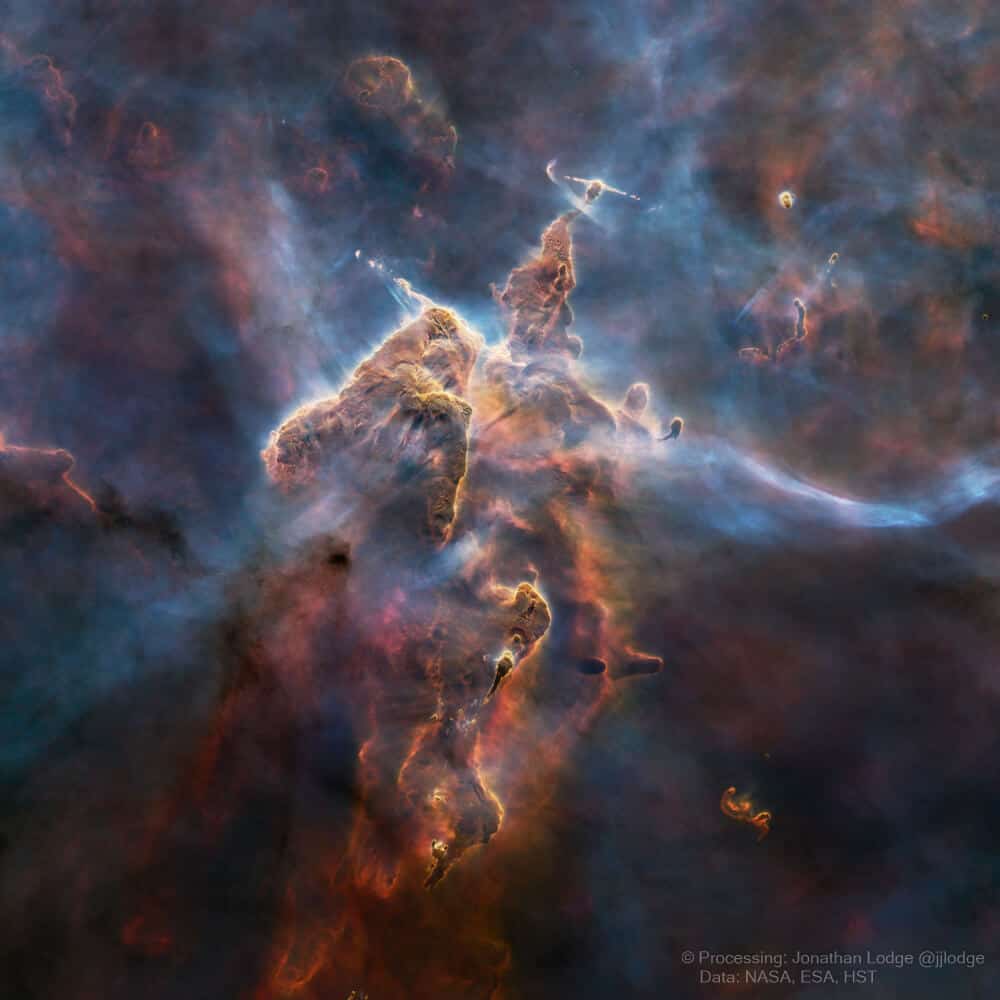
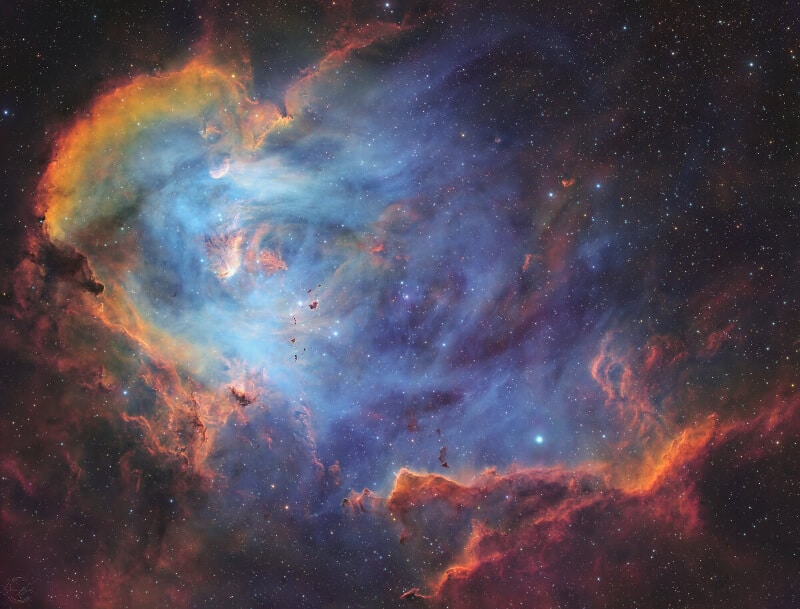
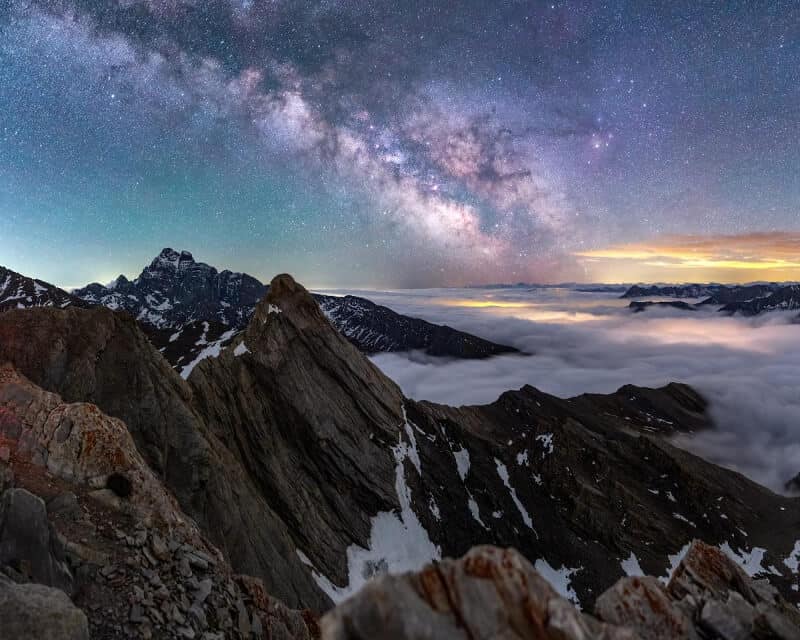
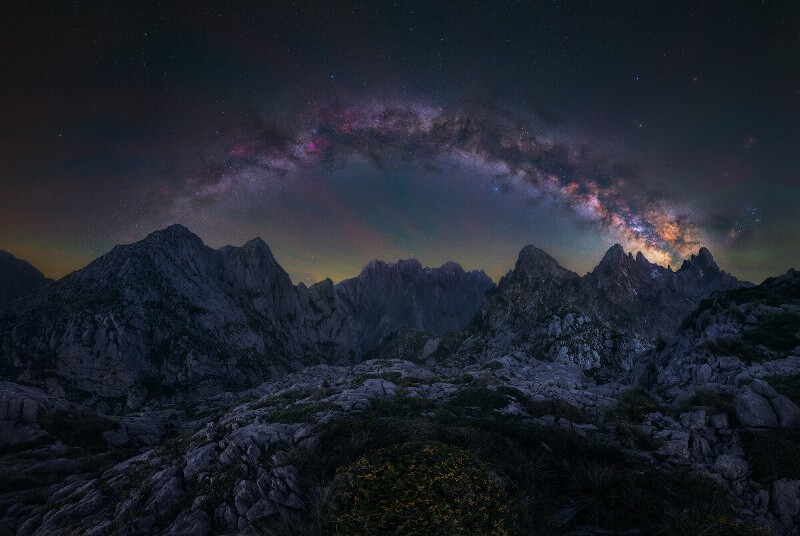
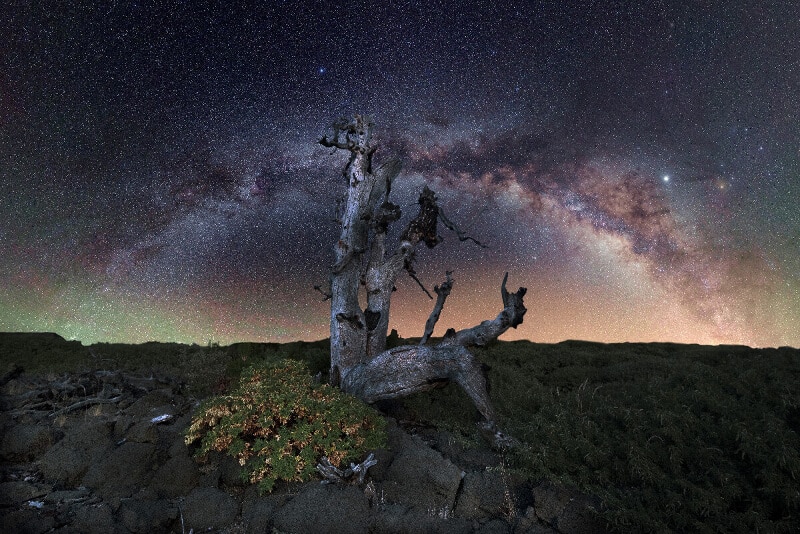
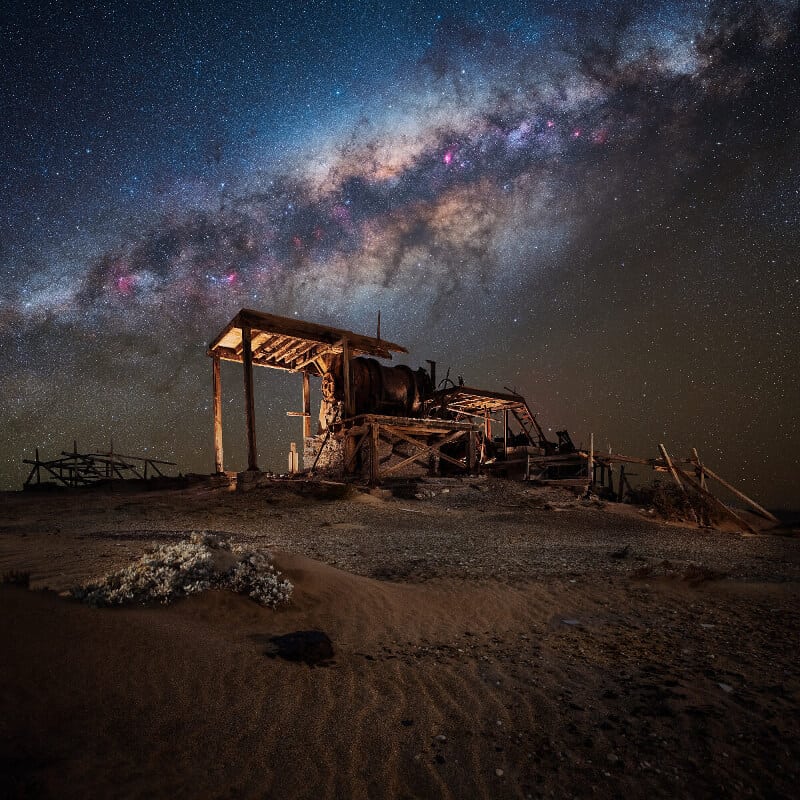
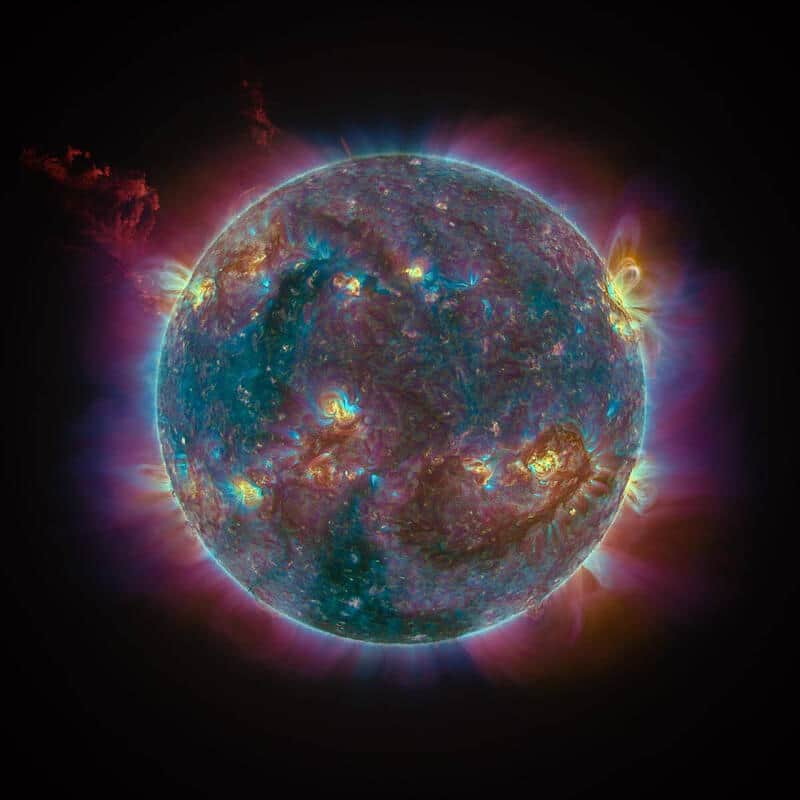
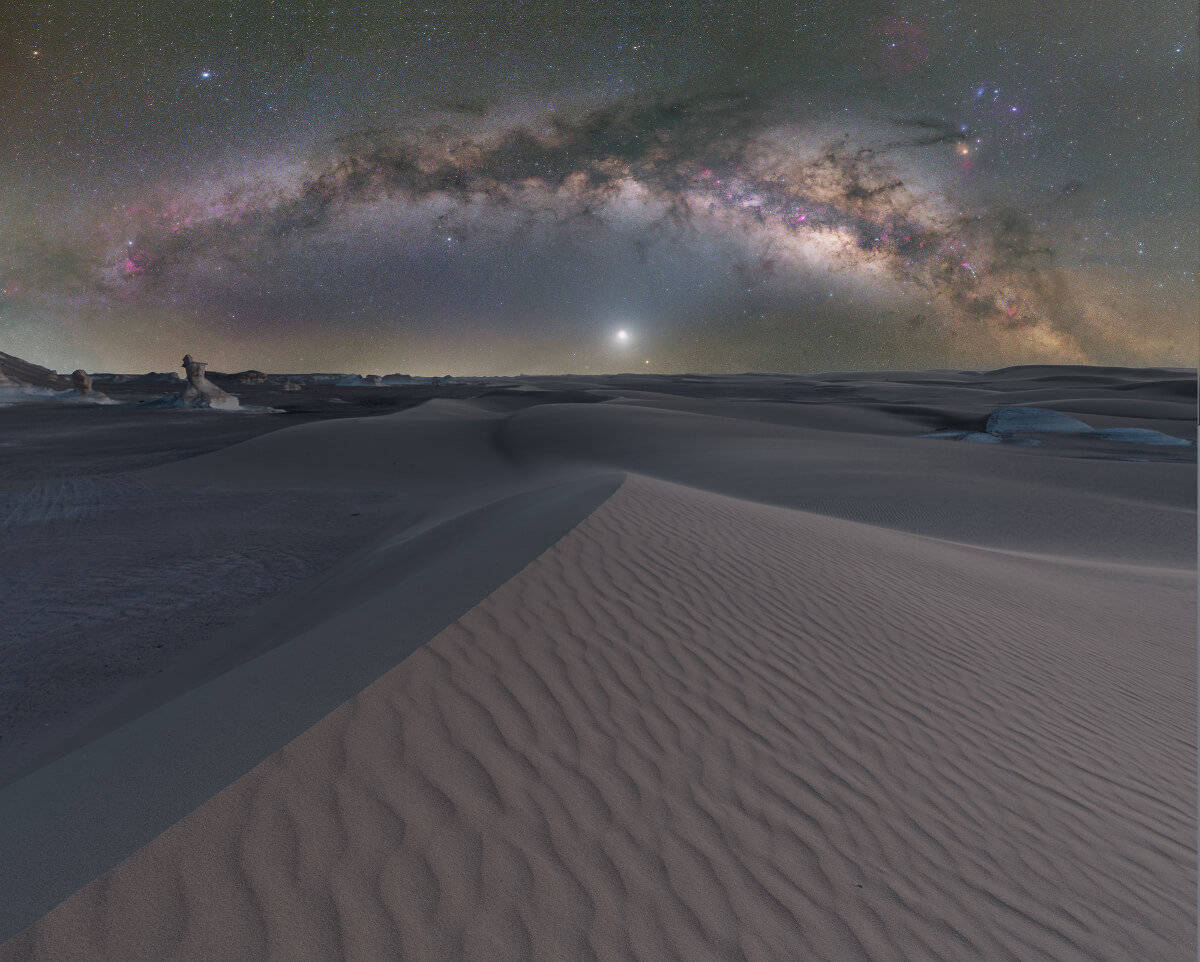
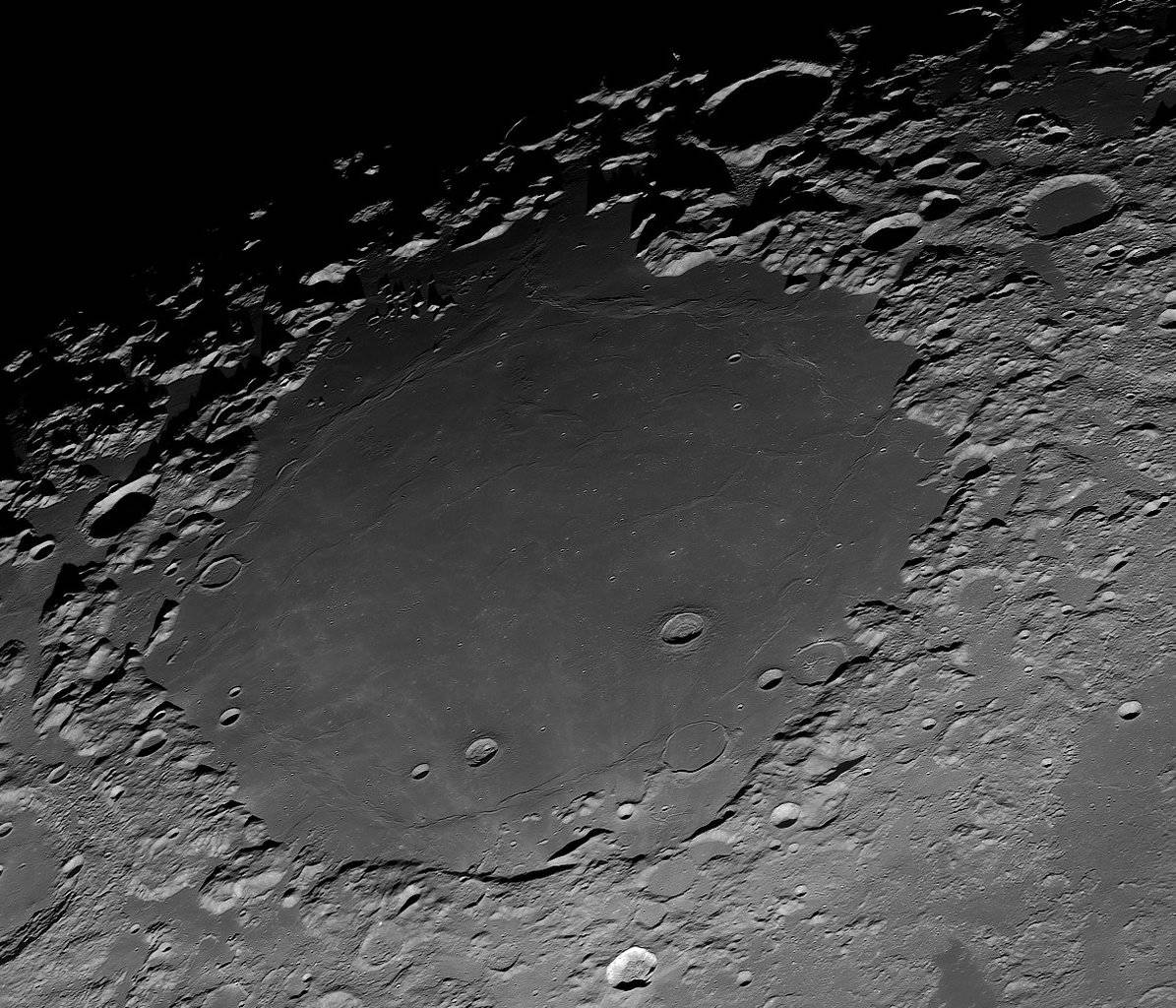
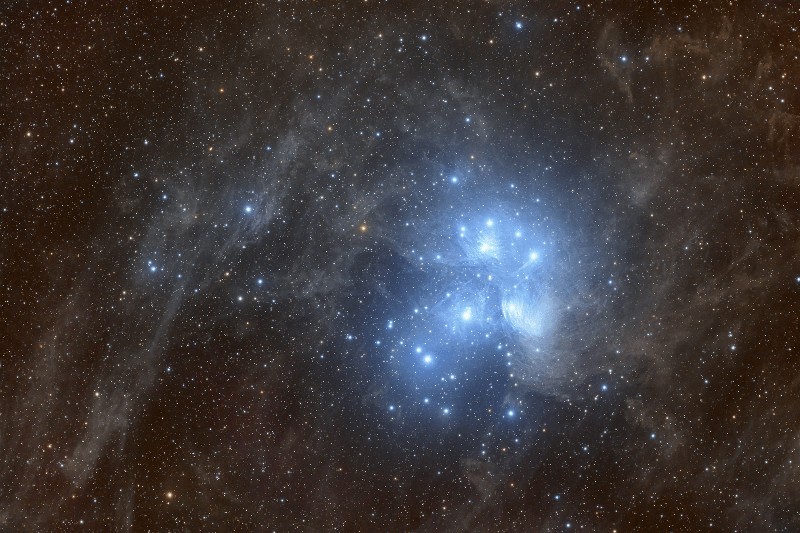
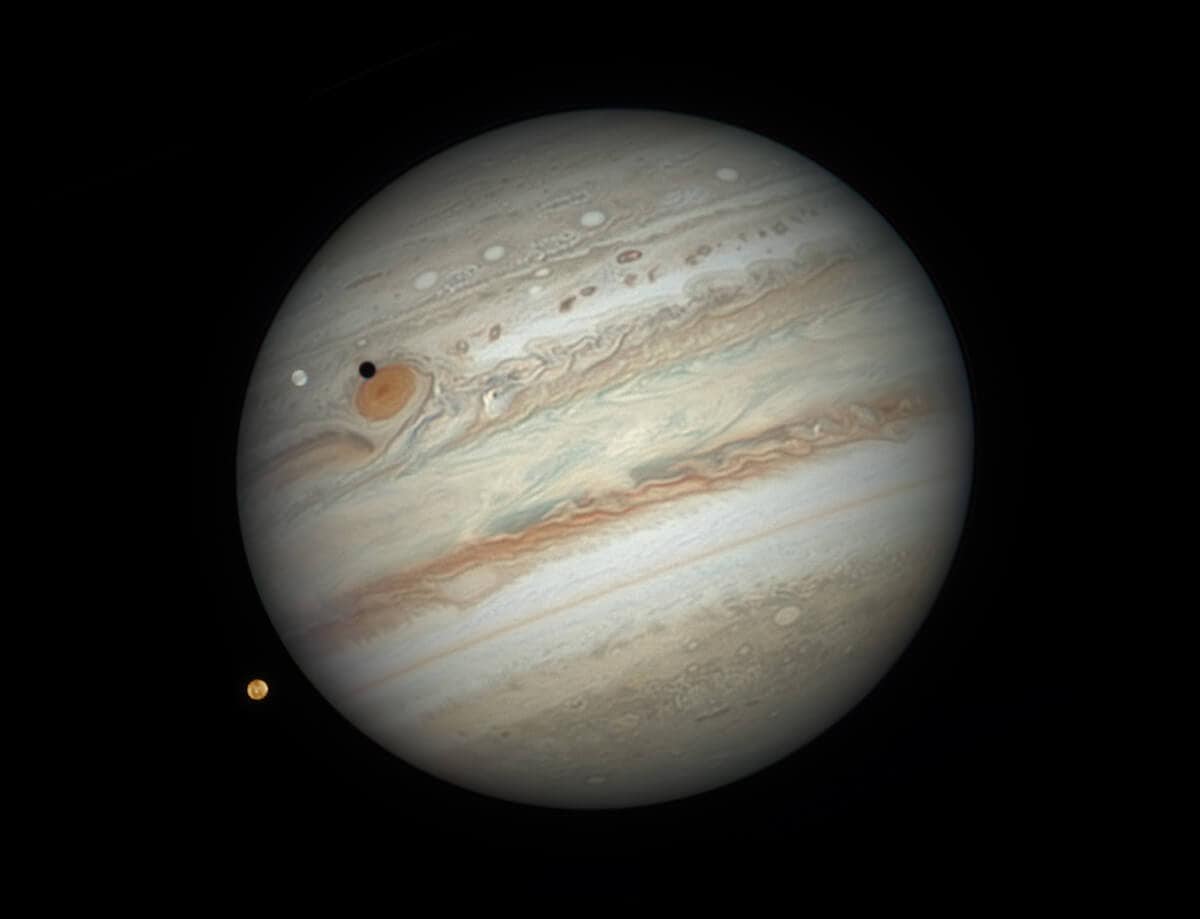
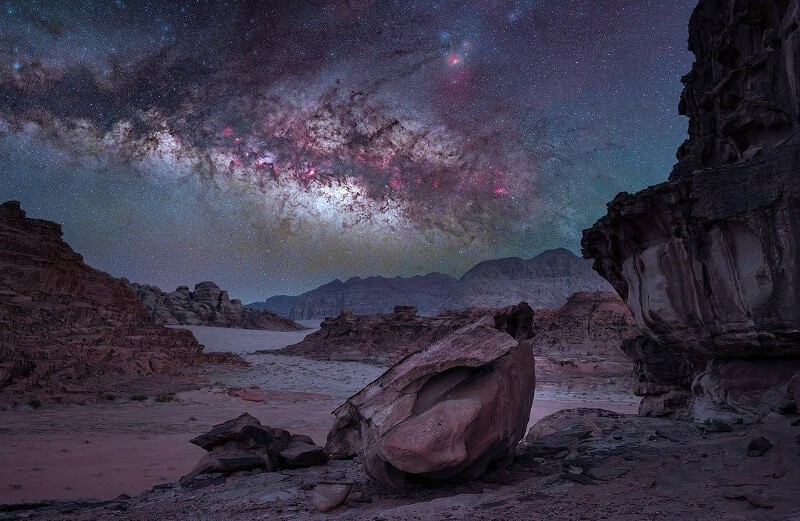
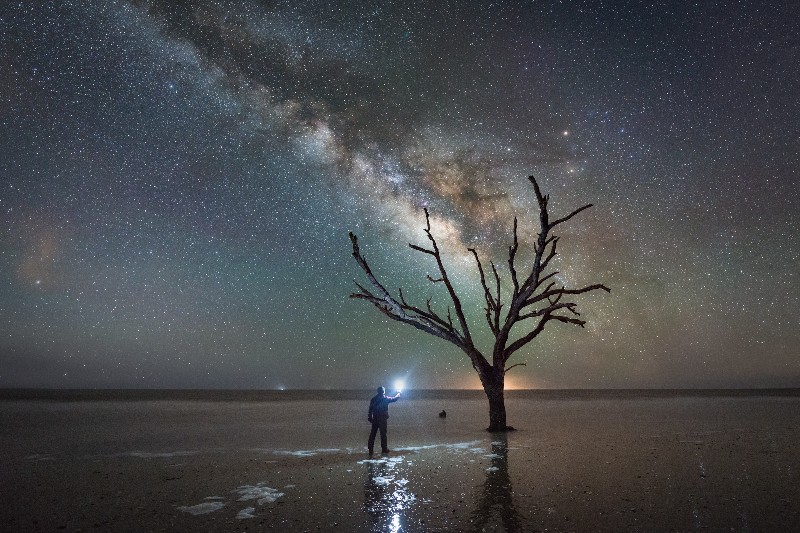
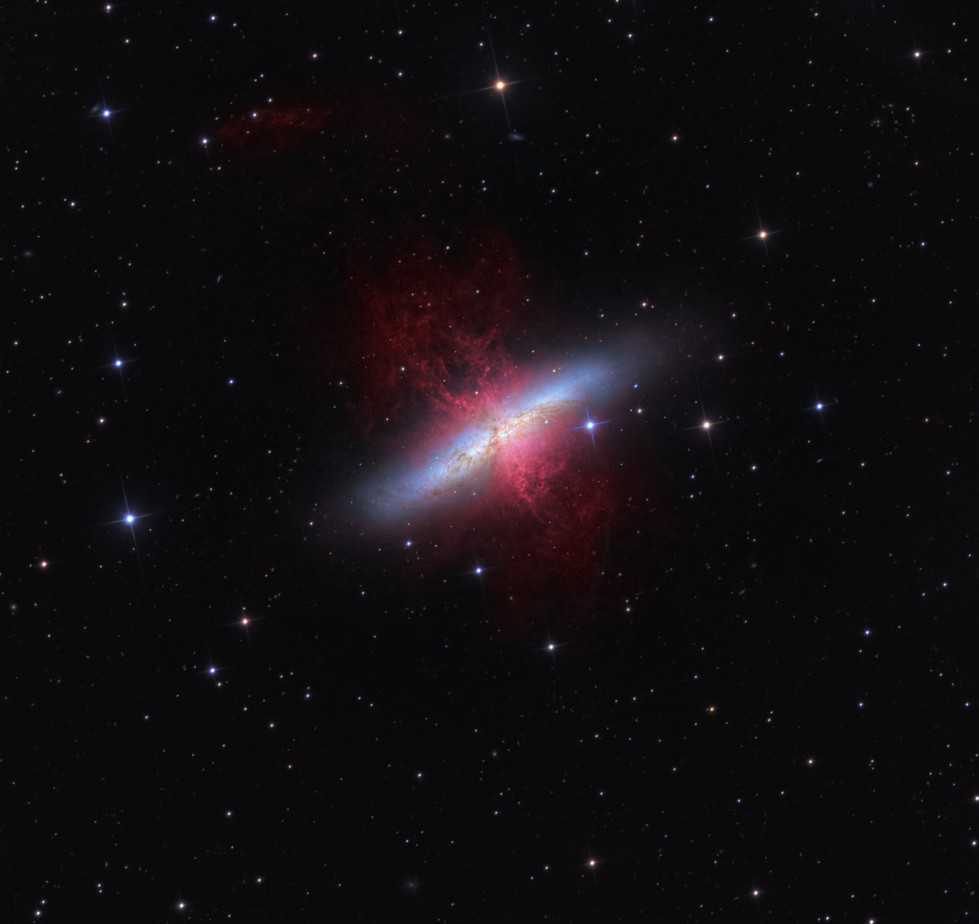
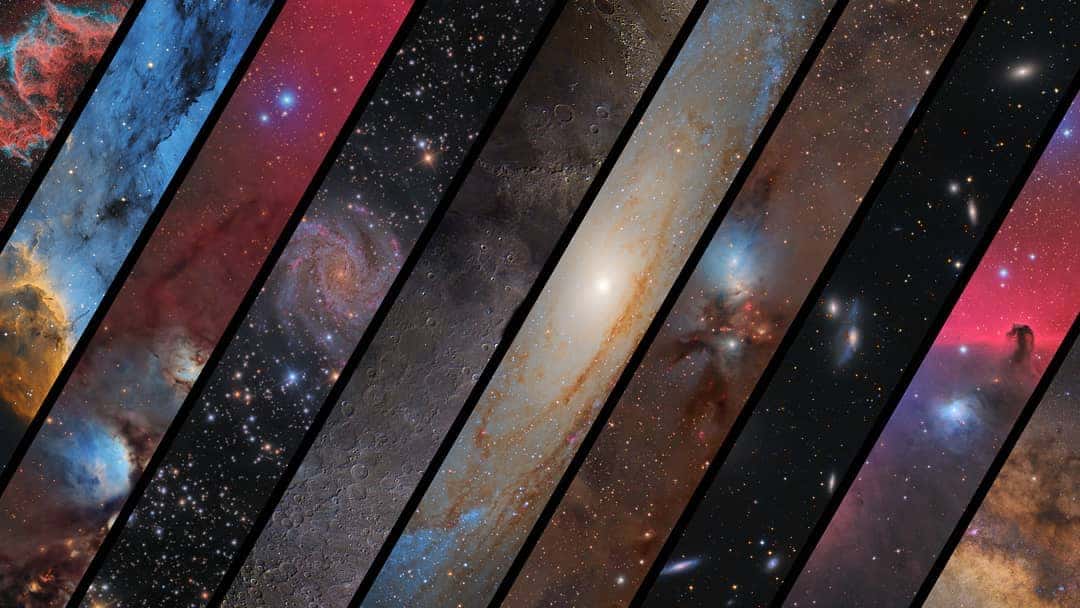
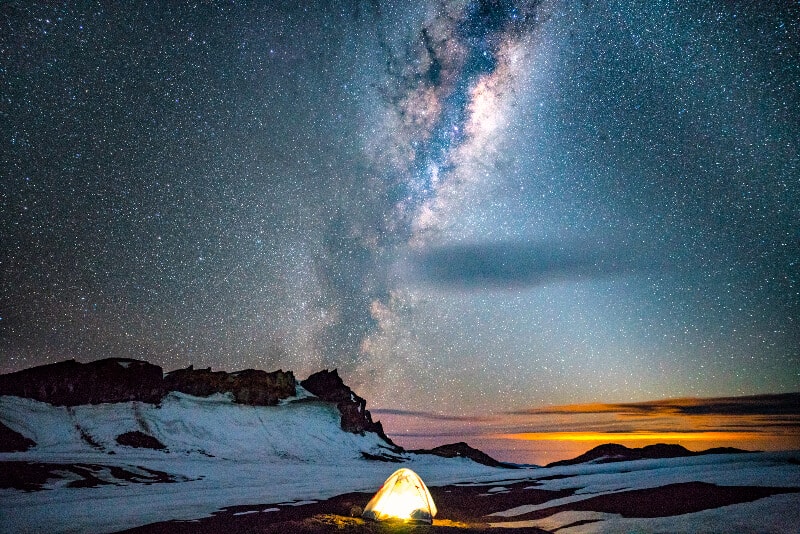
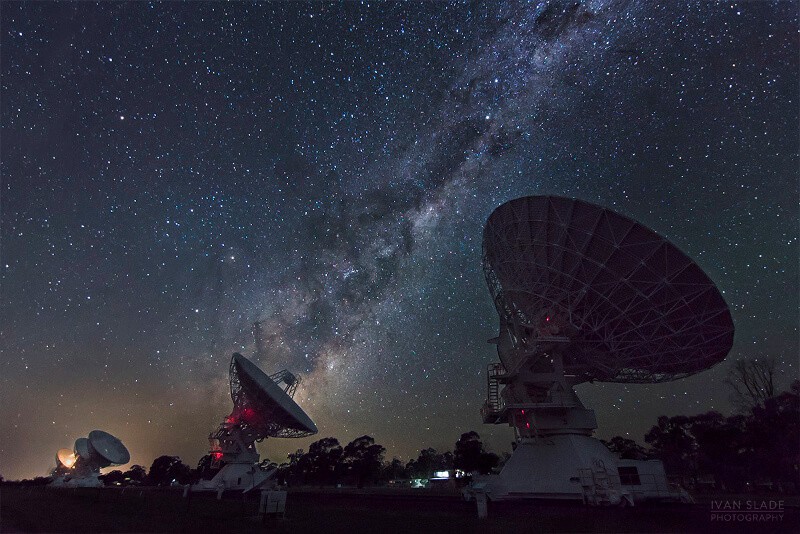
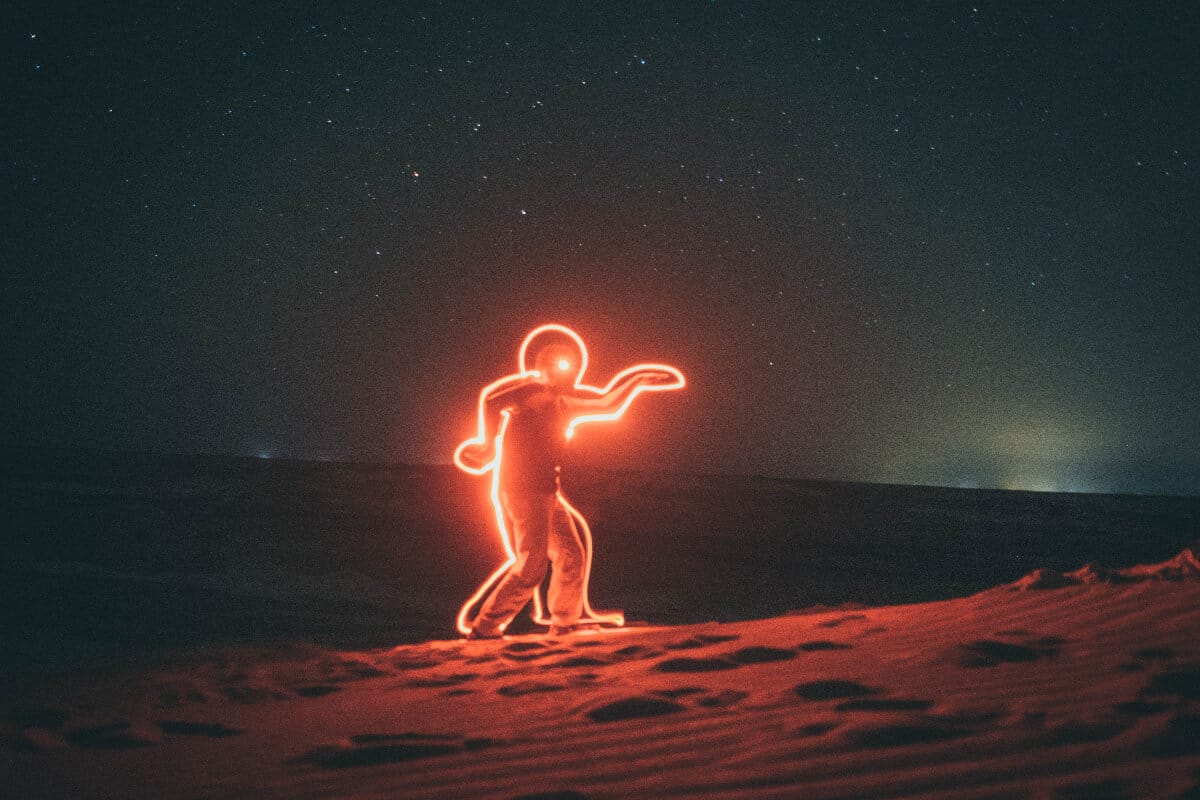
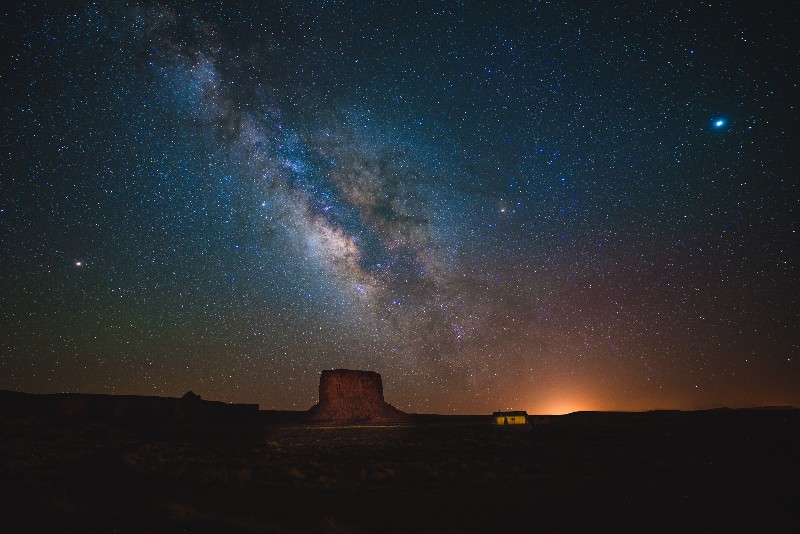
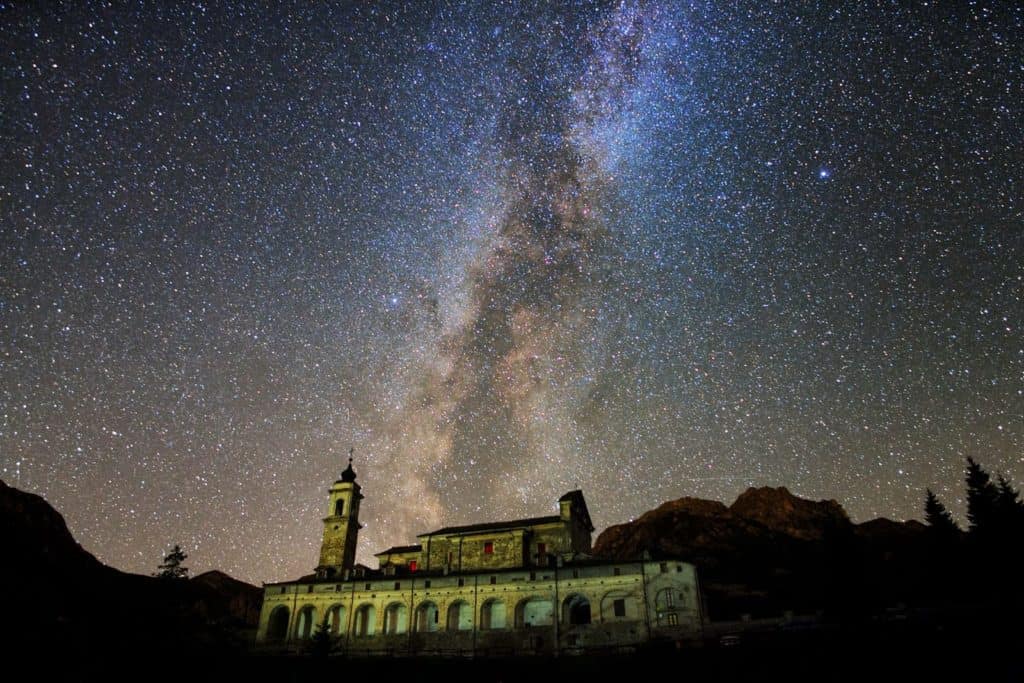
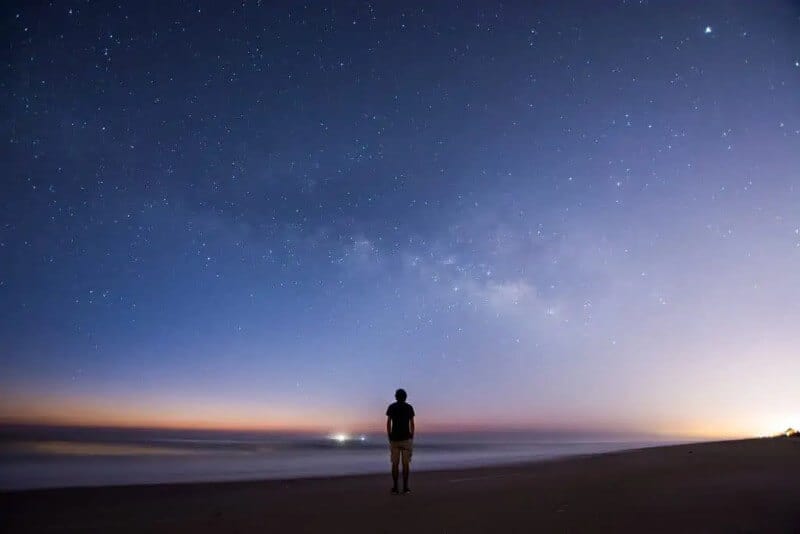
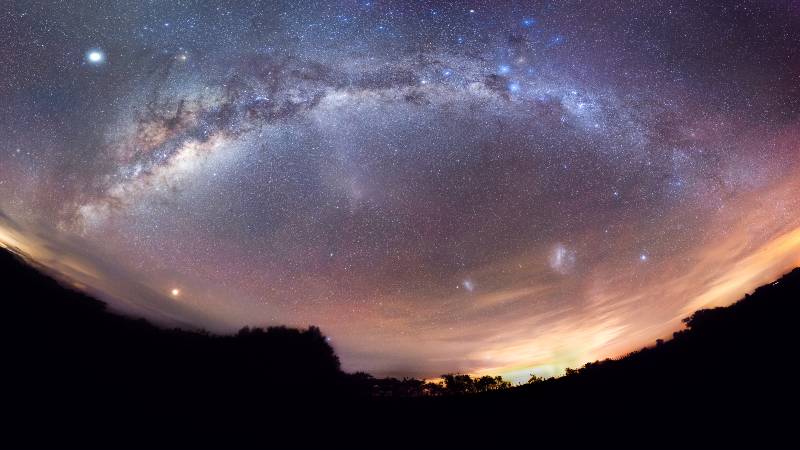
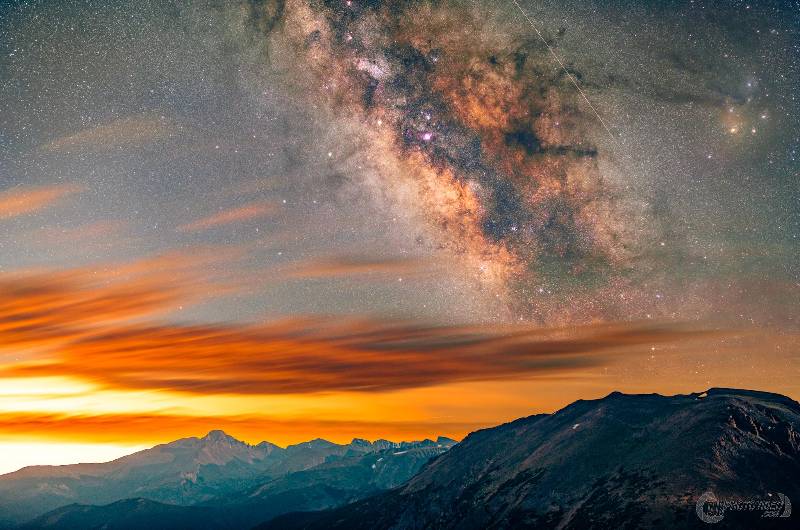
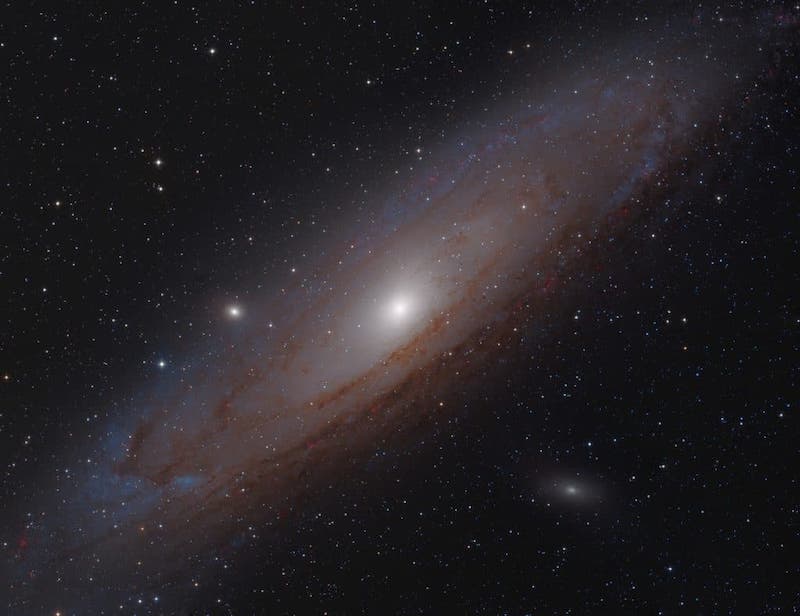
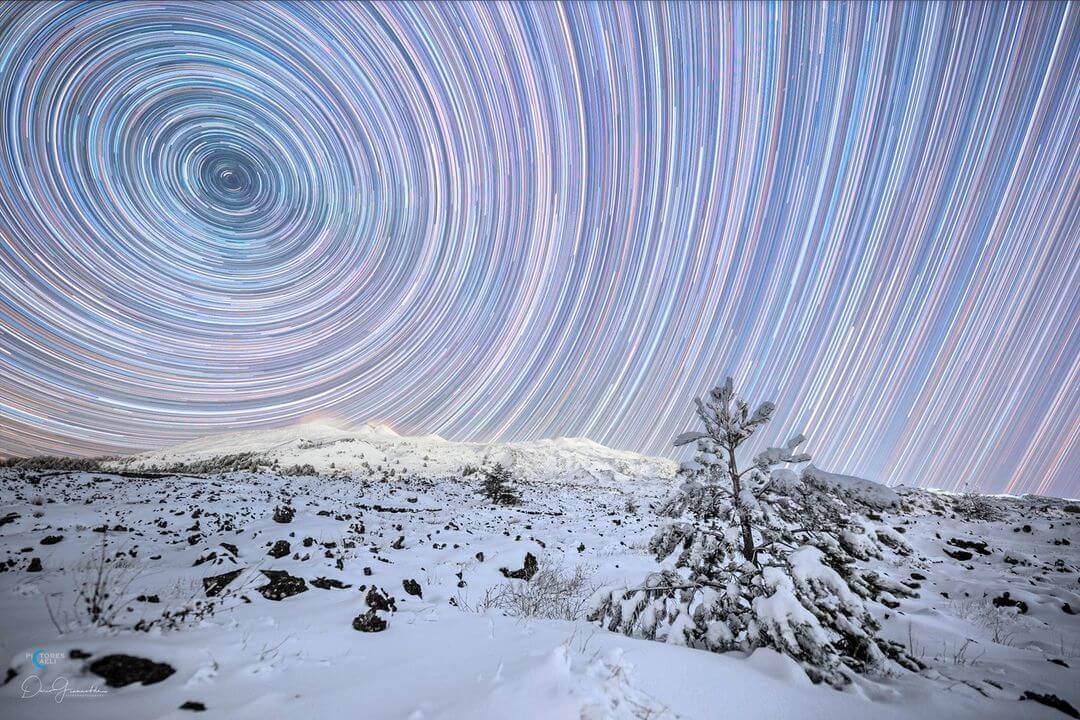
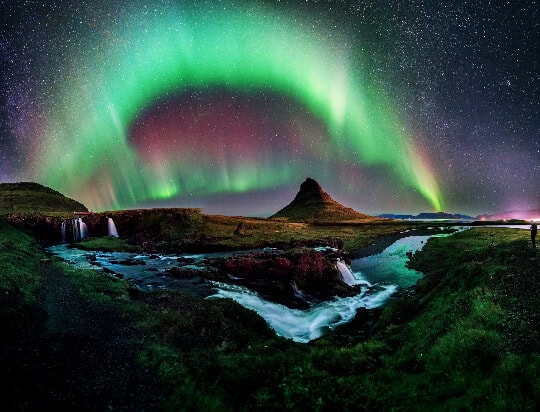
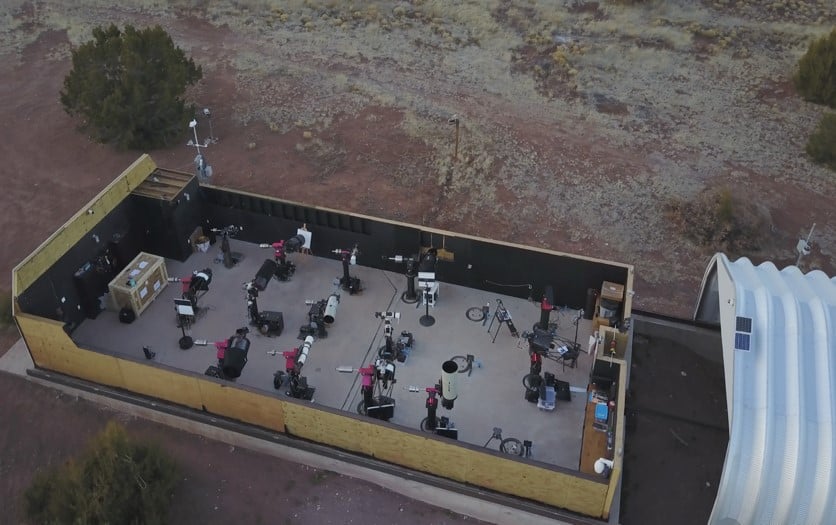
I just like the helpful information you provide in your articles